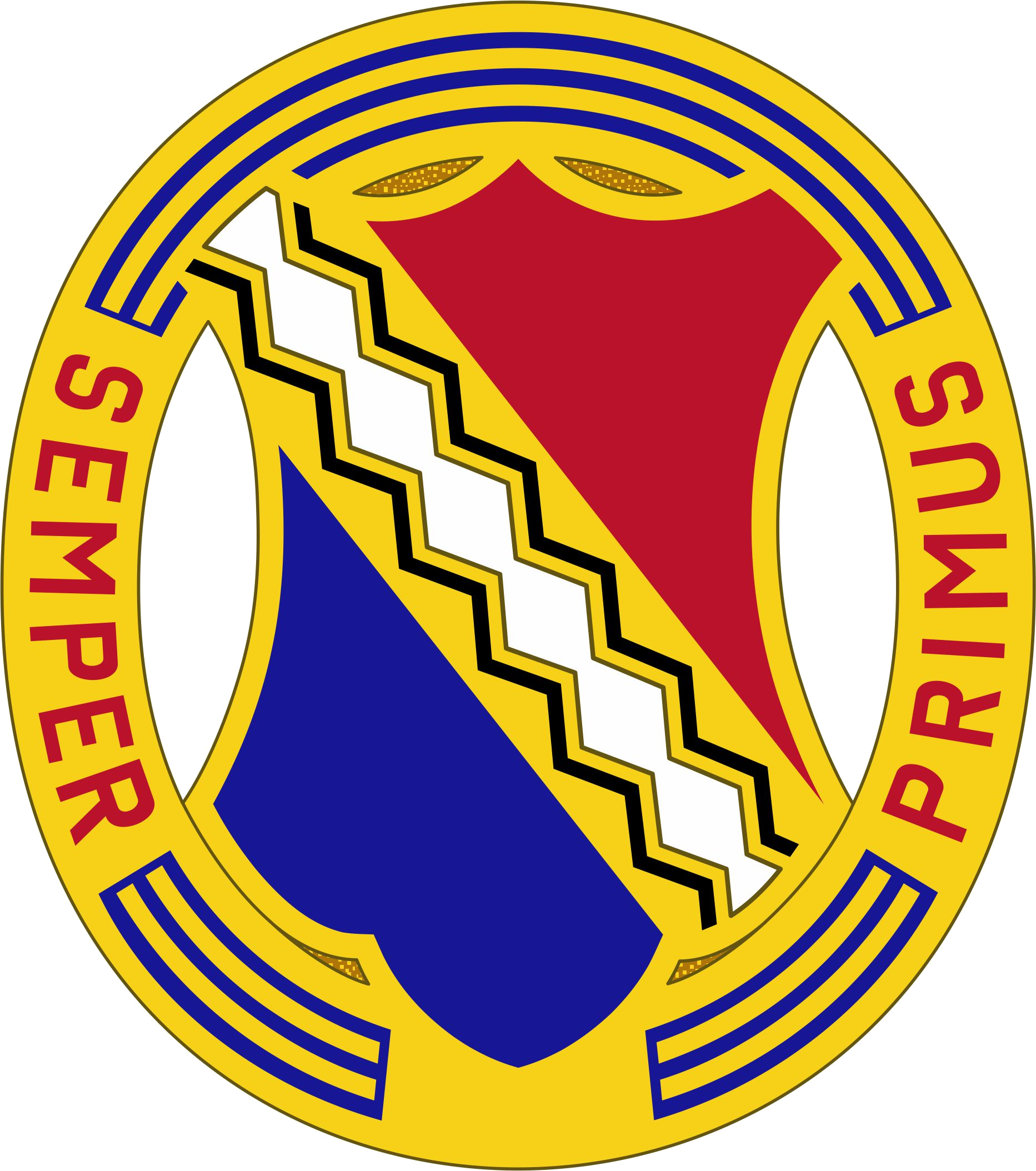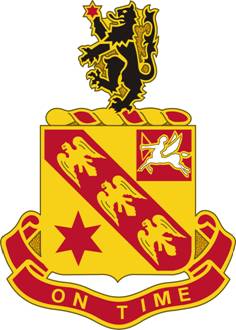|
Đức Phổ Base Camp
ƒê·ª©c Ph·ªï Base Camp (also known as ƒê·ª©c Ph·ªï Airfield, LZ Bronco, LZ Montezuma and N√∫i ƒê√Ýng) is a former U.S. Marine Corps and U.S. Army base in the ƒê·ª©c Ph·ªï District, Qu·∫£ng Ng√£i Province Vietnam. History 1966-71 The base was located along Highway 1 approximately midway between Da Nang and Qui Nh∆°n. LZ Montezuma was originally established by the U.S Marine Corps' Task Force X-Ray and the 2nd Battalion 5th Marines and 3rd Battalion 7th Marines were based here until 1 April 1967 when they were replaced by the 1st Cavalry Division in Operation Lejeune. The 1st Cavalry Division built a runway capable of landing de Havilland Canada C-7 Caribou aircraft at the base in early April. At the end of April the 1st Cavalry Division handed over the base to 3rd Brigade, 25th Infantry Division comprising: * 1st Battalion, 14th Infantry * 1st Battalion, 35th Infantry * 2nd Battalion, 35th Infantry On 1 August 1967 the 3rd Brigade became part of the 4th Infantry Divisio ... [...More Info...] [...Related Items...] OR: [Wikipedia] [Google] [Baidu] |
1st Marine Division (United States)
The 1st Marine Division (1st MARDIV) is a Marine (military), Marine Division (military), division of the United States Marine Corps headquartered at Marine Corps Base Camp Pendleton, California. It is the ground combat element of the I Marine Expeditionary Force (I MEF). It is the oldest and largest List of United States Marine Corps divisions, active duty division in the United States Marine Corps, representing a combat-ready force of 22,000 personnel. It is one of three active duty divisions in the Marine Corps today and is a multi-role, expeditionary ground combat force. It is nicknamed "The Old Breed". Mission The division is employed as the ground combat element (GCE) of the I Marine Expeditionary Force or may provide task-organized forces for assault operations and such operations as may be directed. The 1st Marine Division must be able to provide the ground amphibious forcible entry capability to the naval expeditionary force (NEF) and to conduct subsequent land operat ... [...More Info...] [...Related Items...] OR: [Wikipedia] [Google] [Baidu] |
Operation Lejeune
Operation Lejeune was an operation conducted by the 2nd Brigade, 1st Cavalry Division in Đức Phổ District, Quảng Ngãi Province, South Vietnam, lasting from 7 to 22 April 1967. Background The south of Quảng Ngãi Province formed the boundary between I Corps which was the responsibility of the III Marine Expeditionary Force and II Corps which was the responsibility of the U.S. Army. Đức Phổ District, located in the south of Quảng Ngãi Province had been under the control of the Viet Cong (VC) since the beginning of the war. On 28 January the 3rd Battalion, 7th Marines began an operation in the Đức Phổ District, joined in late February by the 1st Battalion, 4th Marines and 2nd Battalion, 5th Marines. By early March only the 3/7th Marines remained in Đức Phổ and it was needed further north in I Corps. On 6 April the 1st Cavalry Division was ordered to move a Battalion and then a Brigade into Đức Phổ to take over from the 3/7th Marines. The opera ... [...More Info...] [...Related Items...] OR: [Wikipedia] [Google] [Baidu] |
Military Installations Closed In The 1970s
A military, also known collectively as armed forces, is a heavily armed, highly organized force primarily intended for warfare. Militaries are typically authorized and maintained by a sovereign state, with their members identifiable by a distinct military uniform. They may consist of one or more military branches such as an army, navy, air force, space force, marines, or coast guard. The main task of a military is usually defined as defence of their state and its interests against external armed threats. In broad usage, the terms "armed forces" and "military" are often synonymous, although in technical usage a distinction is sometimes made in which a country's armed forces may include other paramilitary forces such as armed police. Beyond warfare, the military may be employed in additional sanctioned and non-sanctioned functions within the state, including internal security threats, crowd control, promotion of political agendas, emergency services and reconstruction, prot ... [...More Info...] [...Related Items...] OR: [Wikipedia] [Google] [Baidu] |
Installations Of The United States Army In South Vietnam
{{disambig ...
Installation may refer to: * Installation (Christianity), a Christian liturgical act that formally makes a clergyman assume office of his appointed position at a particular place * Installation (computer programs), the act of making the program ready for execution * Installation art, an artistic genre of three-dimensional works that are often site-specific and designed to transform the perception of a space * Military installation, a grouping of facilities that constitute a permanent military base A military base is a facility directly owned and operated by or for the military or one of its branches that shelters military equipment and personnel, and facilitates training and operations. A military base always provides accommodations for ... [...More Info...] [...Related Items...] OR: [Wikipedia] [Google] [Baidu] |
198th Infantry Brigade (United States)
The 198th Infantry Brigade, was first formed as part of the United States Army Reserve's 99th Infantry Division (United States), 99th Division. It was active from 1967 through 1971 and has been active since 2007 as an Infantry Training Brigade as part of the United States Army Infantry School, US Army Infantry School at Fort Benning, Georgia (U.S. state), Georgia. Operational history Vietnam War During the years of 1967–1971 as part of the Vietnam War the 198th was part of the United States Army's Americal Division, 23rd "Americal" Infantry Division. In 1968, elements of the 198th Infantry Brigade, under the leadership of Lieutenant Colonel Robert B. Nelson, participated in the Battle of Kham Duc. On 21 November 1969, Joseph G. Clemons, Colonel Joseph G. Clemons, (of Battle of Pork Chop Hill, Pork Chop Hill fame), assumed command of the 198th Infantry Brigade. Order of battle *Headquarters & Headquarters Company * 1st Battalion, 6th Infantry Regiment (United States), 6th I ... [...More Info...] [...Related Items...] OR: [Wikipedia] [Google] [Baidu] |
1st Infantry Regiment (United States)
The 1st Infantry Regiment is a regiment of the United States Army that draws its lineage from a line of post American Revolutionary War units and is decorated with thirty-nine campaign streamers. The 1st Battalion, 1st Infantry is assigned as support to the United States Military Academy at West Point, New York and to furnish the enlisted garrison for the academy and the Stewart Army Subpost. 2nd Battalion, 1st Infantry Regiment is an infantry component serving with the 2nd Stryker Brigade, 2nd Infantry Division at Joint Base Lewis–McChord, Washington. History Origins On 3 March 1791, Congress added to the Army "The Second Regiment of Infantry" from which today's First Infantry draws its heritage. In September of that year, elements of it and the original 1st Infantry Regiment (today's 3rd United States Infantry Regiment (The Old Guard)), with sizable militia complements, all under the command of General Arthur St. Clair, were sent to the Northwest Indian War of t ... [...More Info...] [...Related Items...] OR: [Wikipedia] [Google] [Baidu] |
11th Field Artillery Regiment
The 11th Field Artillery Regiment is a Field Artillery Branch regiment of the United States Army first formed in 1916. A parent regiment in the U.S. Army Regimental System, one battalion of the regiment is currently active, the 2nd Battalion, 11th Field Artillery Regiment assigned to the 2nd Brigade, 25th Infantry Division. History The 11th Field Artillery Regiment was constituted on 3 June 1916 in the Regular Army at Camp Douglas.Hymel, Kevin. "The Last Ones to Fire: The 11th Field Artillery in World War I." ''THE ARMY HISTORICAL FOUNDATION''. https://armyhistory.org/the-last-ones-to-fire-the-11th-field-artillery-in-world-war-i/. Two months after the U.S. declaration of war following the sinking of RMS ''Lusitania'', 10 officers and 200 enlisted men of the 6th Field Artillery were transferred to the newly formed 11th Field Artillery at Camp Harry J. Jones near Douglas, Arizona. These numbers were supplemented by draftees from New York, Ohio, Missouri, and California. A ... [...More Info...] [...Related Items...] OR: [Wikipedia] [Google] [Baidu] |
Caribou Ha Thahn
The reindeer or caribou (''Rangifer tarandus'') is a species of deer with circumpolar distribution, native to Arctic, subarctic, tundra, boreal, and mountainous regions of Northern Europe, Siberia, and North America. It is the only representative of the genus ''Rangifer''. More recent studies suggest the splitting of reindeer and caribou into six distinct species over their range. Reindeer occur in both migratory and sedentary populations, and their herd sizes vary greatly in different regions. The tundra subspecies are adapted for extreme cold, and some are adapted for long-distance migration. Reindeer vary greatly in size and color from the smallest, the Svalbard reindeer (''R.'' (''t.'') ''platyrhynchus''), to the largest, Osborn's caribou (''R. t. osborni''). Although reindeer are quite numerous, some species and subspecies are in decline and considered vulnerable. They are unique among deer (Cervidae) in that females may have antlers, although the prevalence of antler ... [...More Info...] [...Related Items...] OR: [Wikipedia] [Google] [Baidu] |



